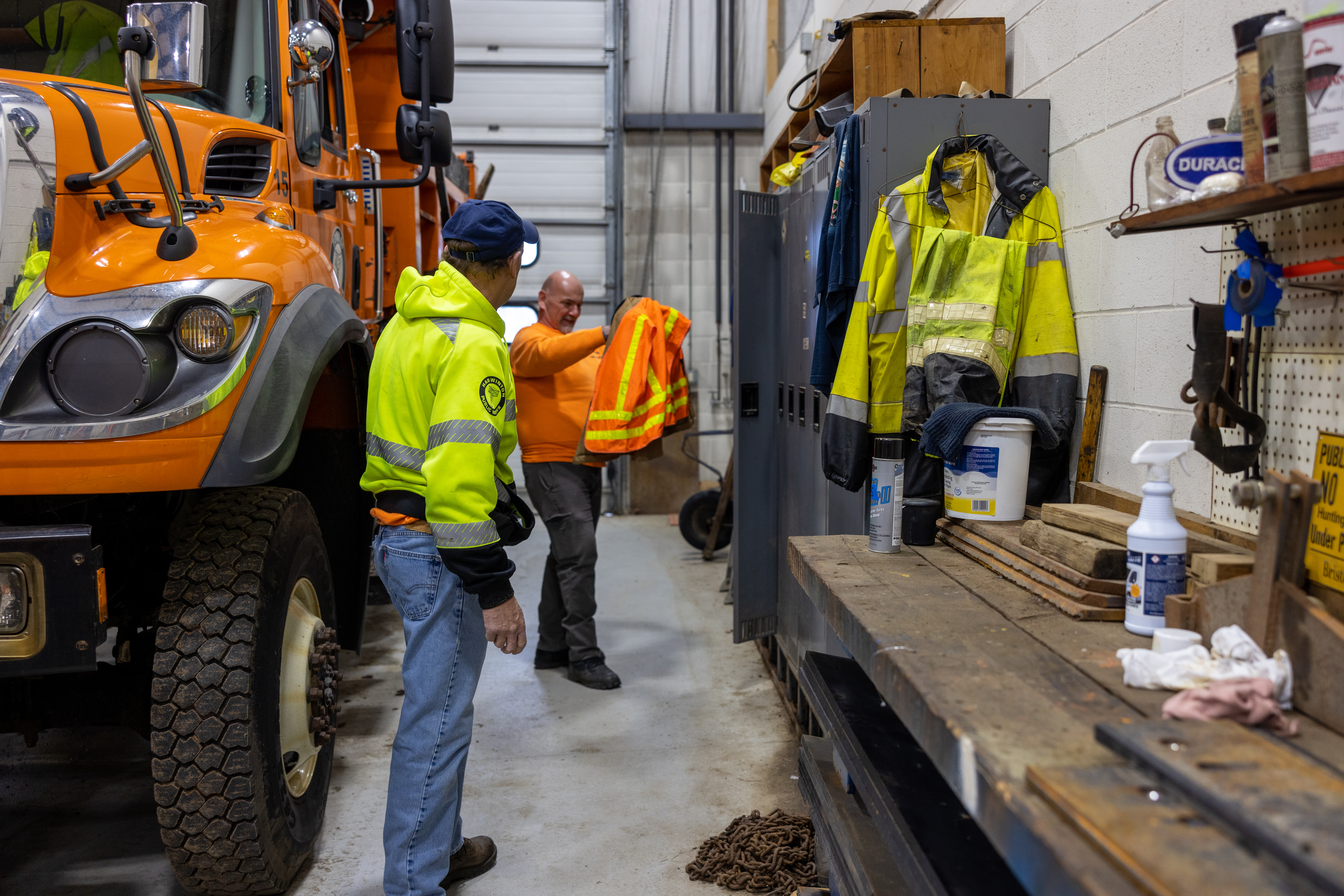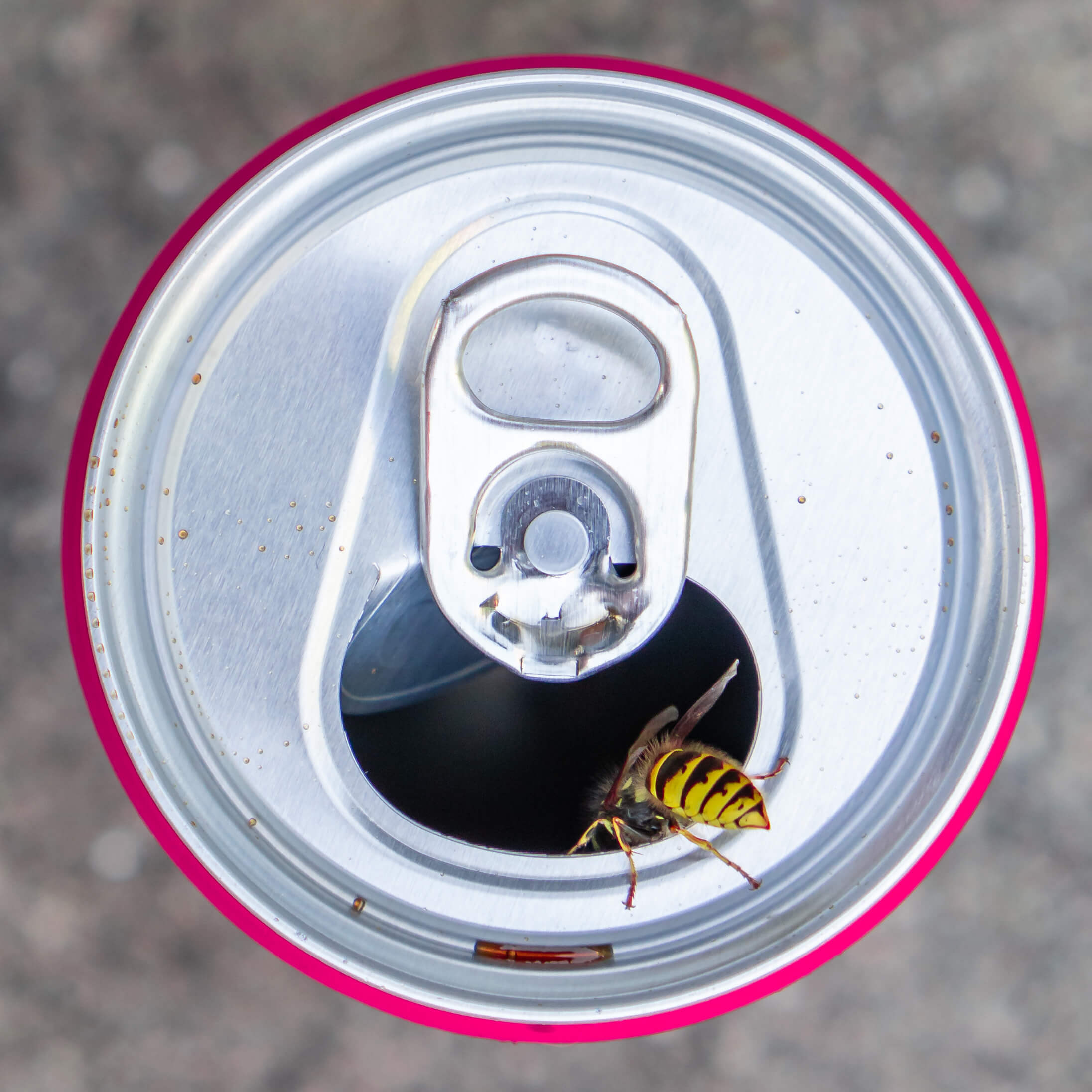Preventing Sprains & Strains
Sprains and Strains; A Preventable Workplace Exposure
Sprain and strain injuries are the most common and costly workplace injuries. Employees can injure their knee, shoulder, wrist, or back while performing everyday work-related tasks.
So what are Sprains?
A sprain is an injury to a ligament (tissue that connects two or more bones at a joint). In a sprain, one or more ligaments are stretched or torn.
What are Strains?
A strain is an injury to a muscle or a tendon (tissue that connects muscle to bone). In a strain, a muscle or tendon is stretched or torn.
The Causes of Sprains and Strains
Sprains and strains can happen suddenly or develop over time. Employees exposed to causative risk factors are more likely to develop a sprain or strain injury.
CIRMA members have reported approximately 11,500 claims over the past five years. While sprain and strain injuries can be frequent and significant to your public entity, the personal costs to the injured employees can be higher. Many are often left in chronic pain or permanently disabled.
The good news is that there are many easy-to-implement and practical steps that municipal and school leaders can take to protect employees. CIRMA members have reduced the number of sprain and strain injuries to employees by 16% over the past five years through resources that educate on avoiding these types of injuries.
Education is key to mitigating risk—download CIRMA’s new workplace safety posters to help raise awareness about injury prevention.
Access CIRMA’s online portal for more important employee training and education tools and resources on relevant seasonal topics.











